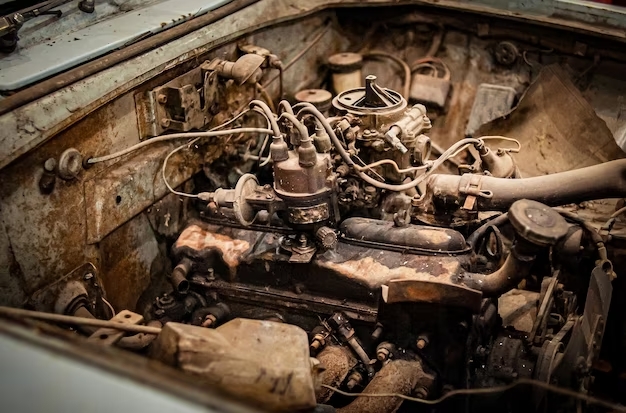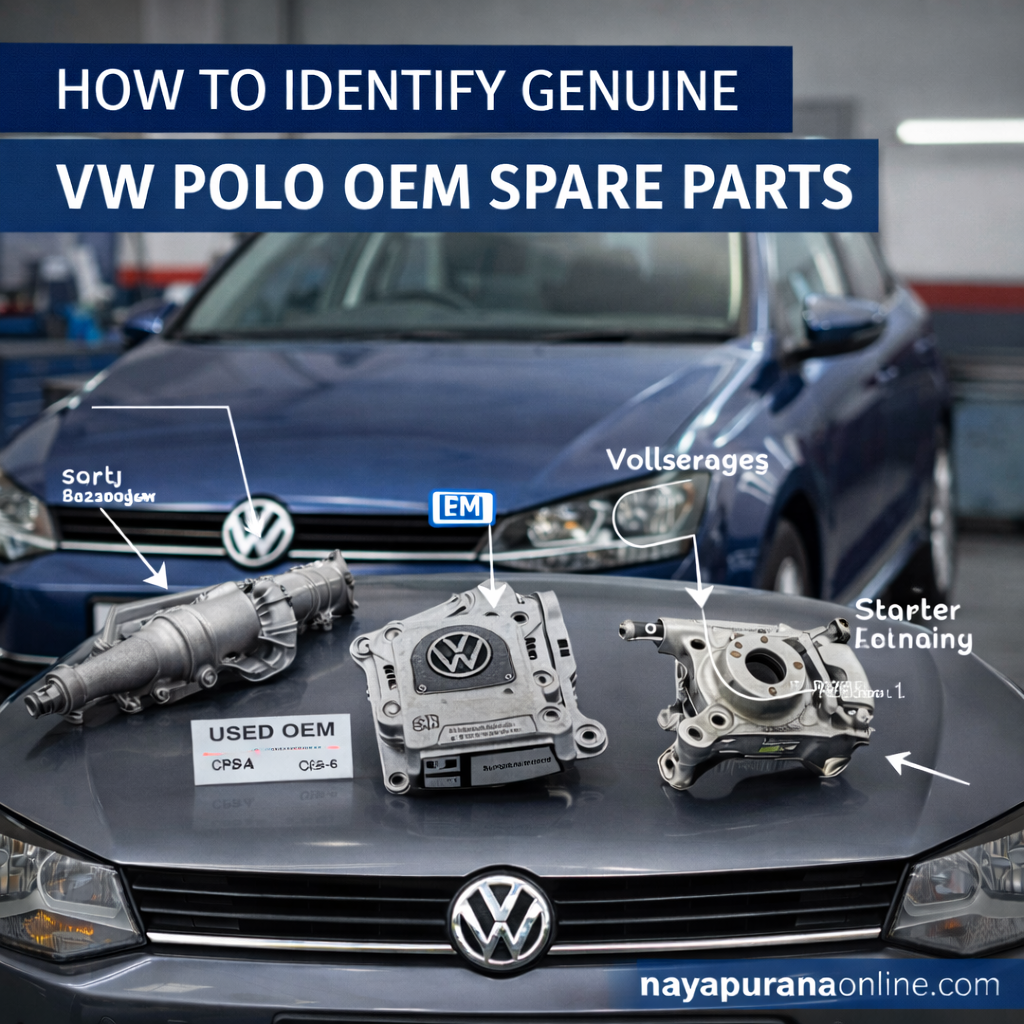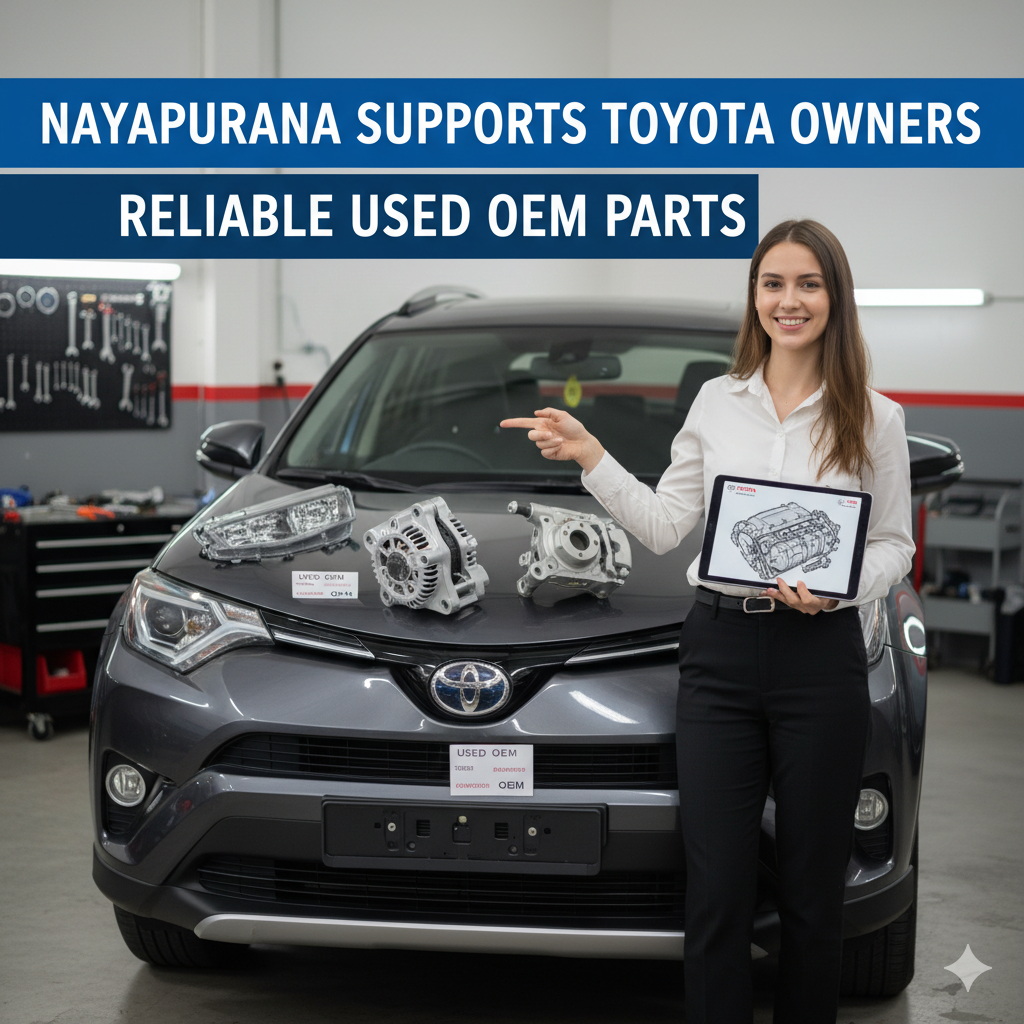Your Car's Blocked DPF: The Cause and the Solution.
27 Aug,2023
Addressing a Blocked DPF in Your Car: Causes and Solutions
Is your car's performance suffering due to a blocked Diesel Particulate Filter (DPF)? Learn about the common causes behind this issue and the effective solutions to get your vehicle back on track. Discover how factors like short drives, low-quality fuel, and incorrect driving habits can contribute to DPF blockage. Explore solutions such as regeneration techniques, DPF cleaning additives, and the importance of longer drives. If the problem persists, find out about professional cleaning and replacement options to maintain your car's health and performance. Stay informed and keep your DPF clear for optimal driving experiences.

A blocked Diesel Particulate Filter (DPF) is a common issue in diesel-powered vehicles that can lead to reduced engine performance, increased emissions, and even engine damage if left unresolved. The DPF's primary function is to capture and store particulate matter (soot) from the exhaust gases to reduce harmful emissions. Over time, the trapped particles accumulate and can clog the filter, leading to various problems. Here's a breakdown of the causes and solutions for a blocked DPF:
**Causes of a Blocked DPF:**
1. **Short Drives:** DPF regeneration, a process where accumulated soot is burned off, usually occurs during extended highway driving. Short trips or constant stop-and-go driving may not allow the exhaust system to reach the necessary temperatures for effective regeneration.
2. **Low-Quality Fuel:** Poor-quality diesel fuel can contain higher levels of contaminants that contribute to increased soot buildup.
3. **Incorrect Oil:** Using the wrong type of engine oil or not following recommended oil change intervals can lead to increased soot production.
4. **Faulty Sensors:** Malfunctioning sensors that monitor exhaust temperature, pressure, or oxygen levels can lead to incorrect DPF regeneration cycles.
5. **Driving Style:** Consistently driving at low speeds or with light throttle inputs can reduce exhaust gas temperatures, hindering proper regeneration.
**Solutions for a Blocked DPF:**
1. **Regeneration:** Modern vehicles have built-in systems that initiate active regeneration, where the exhaust system heats up to burn off the accumulated soot. This process can often be triggered automatically if you drive at higher speeds for an extended period.
2. **DPF Cleaning Additives:** Using specific DPF cleaning additives with your fuel can help lower the combustion temperature of soot, aiding in its regeneration.
3. **Longer Drives:** Regularly taking your vehicle on longer drives, especially on highways, allows the exhaust system to reach the necessary temperatures for successful regeneration.
4. **Professional Cleaning:** In more severe cases of blockage, a mechanic might need to perform a forced regeneration or physically clean the DPF. This might involve removing the filter and cleaning it using specialized equipment.
5. **Replacing the DPF:** If the DPF is severely damaged or clogged beyond repair, replacing it might be the only solution. This can be costly due to the price of the DPF unit itself.
6. **Maintenance and Prevention:** Follow your vehicle manufacturer's recommended maintenance schedule, use high-quality fuel, and ensure you're using the correct engine oil to reduce the chances of DPF issues.
Remember that a blocked DPF can lead to engine damage over time, so it's essential to address the issue promptly. If you suspect your vehicle's DPF is blocked, it's best to consult a qualified mechanic or your vehicle's manufacturer for guidance on the appropriate steps to take.


 Login
Login









